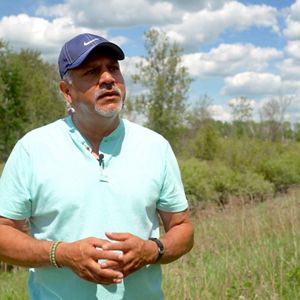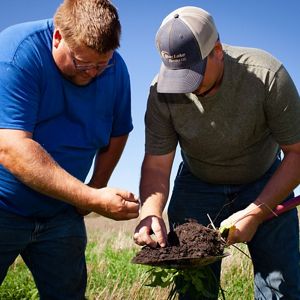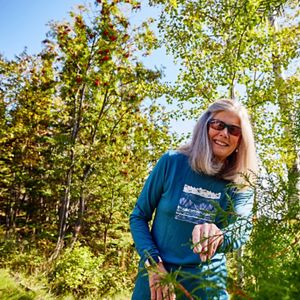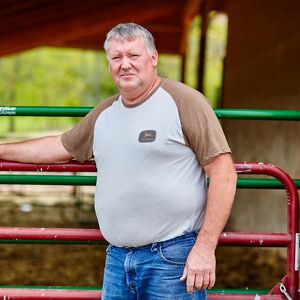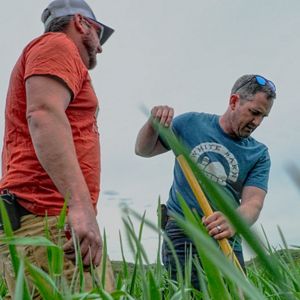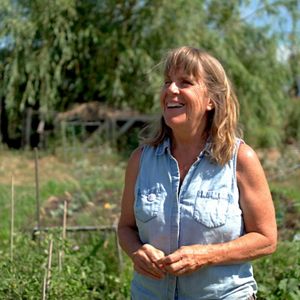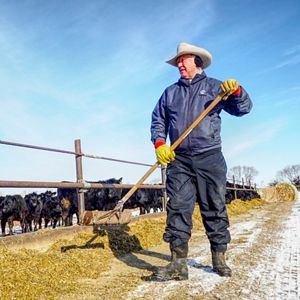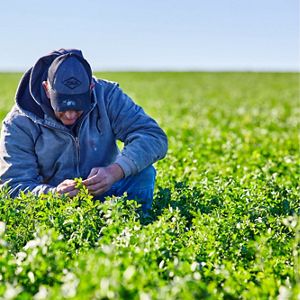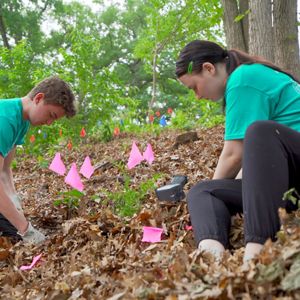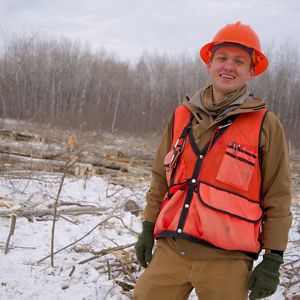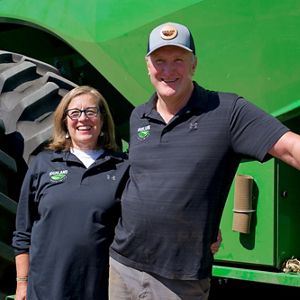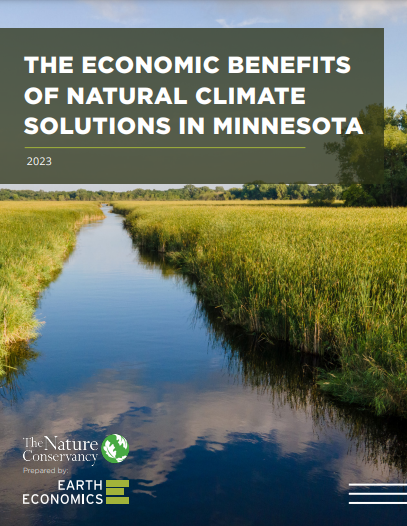Human-caused climate change is already having significant impacts on Minnesota’s people and nature, but we can still lead on climate action. And we can do it with carbon-capture technology that already exists and can be deployed now: natural climate solutions.
What are natural climate solutions?
nat·u·ral cli·mate so·lu·tions
/ˈnaCHər(ə)l/ /ˈklīmət/ /səˈlo͞oSHəns/
noun
Conservation, restoration and improved land management actions that increase carbon storage or avoid greenhouse gas emissions.
Through simple actions like installing community rain gardens, planting cover crops on farms and changing the way we manage forests, Minnesotans can make a big impact for people and nature.
Our Climate Action Toolkit
-

Trees.
Some of our biggest opportunities to make a difference in Minnesota lie in our forests. Reforestation, improved forest management and planting trees where people live are all practices that can help us mitigate and adapt to climate change.
-

Water.
As floods become more common and droughts grow more severe, water management is becoming increasingly important. Tactics like rain gardens and retention ponds are essential tools to help Minnesota tackle water management issues in the future.
-

Soil.
Some of our biggest untapped opportunities are in our working lands. Minnesota’s farms and ranches can lead the way with soil health practices that improve yields, water quality and carbon storage.
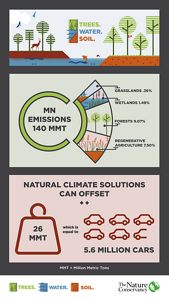
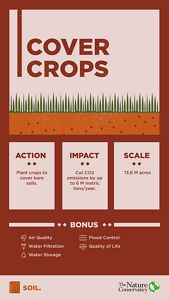
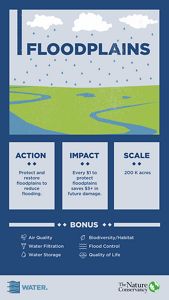
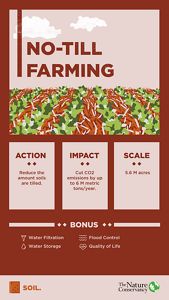
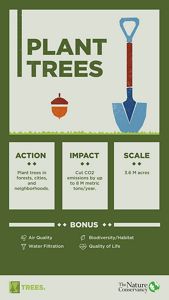
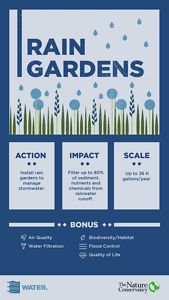
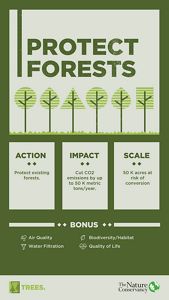
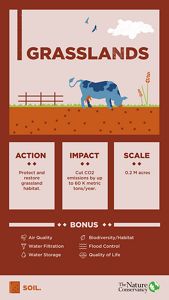
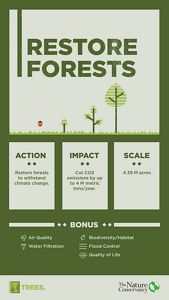
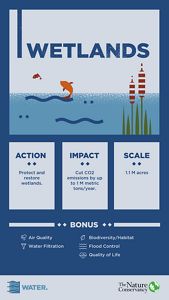

The Power of Nature: Nature can offset up to 26 million metric tons of CO2.

Cover Crops: Crops grown to protect and enrich soil health.

Floodplains: Increasing a landscape's capacity to absorb heavy rains

No-Till / Low-Till: Minimizing soil disturbance increases carbon storage.

Tree Planting: Increasing carbon storage and protecting communities.

Rain Gardens: Green infrastructure that filters urban stormwater.

Protect Forests: Keeping forests as forests limits land-use emissions.

Protect Grasslands: Keeping grass in grasslands limits land-use emissions.

Restore Forests: Improved forest management can store more carbon.

Wetlands: Helps with flood mitigation and carbon storage.
Climate Insights Delivered to Your Inbox
Whether you’re looking for updates from the Capitol or just want to stay informed about climate change in Minnesota, we’ve got you covered! Sign up below to get more of the news you want.
Nature Is a Solution
As we seek to tackle our biggest environmental challenges, we must remember that nature is not just a victim of climate change—but also part of the solution. In addition to providing a powerful way to capture carbon, investing in nature can help us protect Minnesota’s fish and wildlife and safeguard our communities as we brace for climate impacts.

A Solution That Pays Dividends
Investing in nature is essential for navigating our way out of the climate crisis, and it also comes with some compelling co-benefits:
-
Disaster Risk Reduction
As drought and severe weather events become more commonplace, increased property damage and impacts on human health can also be expected. Practices like rain gardens, retention ponds, tree planting and cover cropping can not only beautify our communities but also make them more resilient as climate impacts increase.
-
Habitat & Recreation
In addition to sequestering carbon, natural climate solutions can help provide habitat for Minnesota’s fish and wildlife. Studies have shown that exposure to nature—like seeing birds in your backyard—correlates with improved mental health, reduced blood pressure and decreased risk of heart disease. A win for people and nature!
-

26 M
How many metric tons of CO2e we can draw down with nature.
-

$31 B
Annual ecosystem services natural solutions can generate.
-

5,200
Jobs created each year by investing in nature at scale.
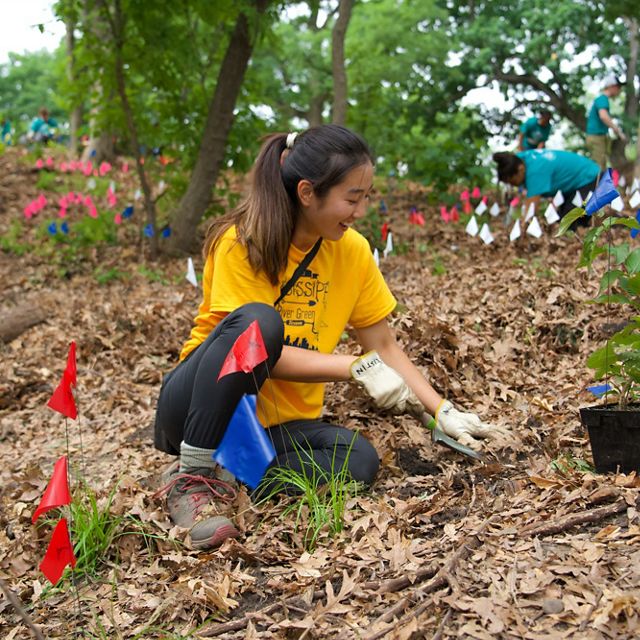
Video
Nature’s Solutions in Action
Not in a reading mood? Visit our Trees. Water. Soil. playlist on YouTube for a series of short videos about the Minnesotans who are putting nature to work!
Despite all we know about the potential of natural climate solutions, we still are not employing nature at the pace and scale needed to meet our climate goals.
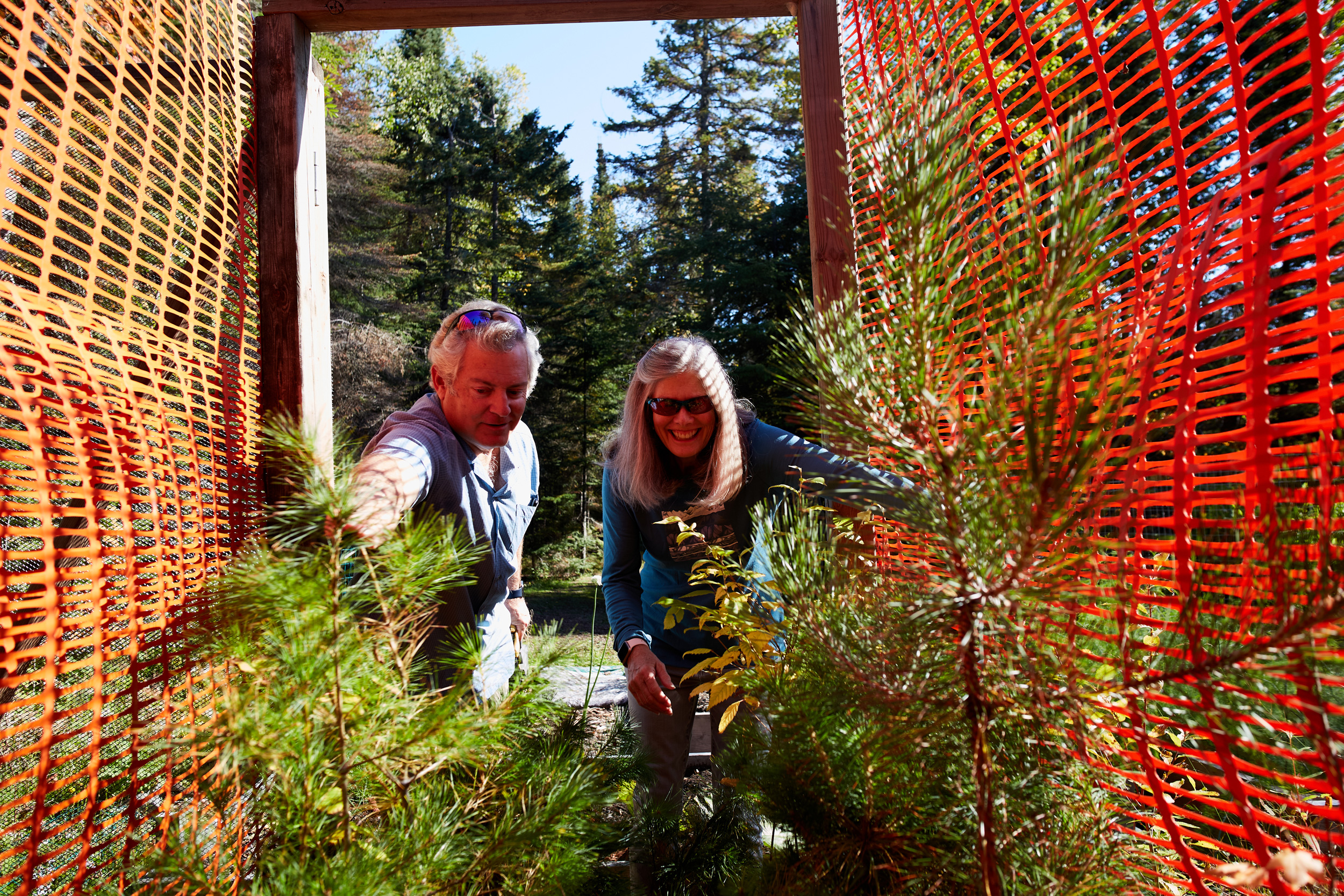
It’s Time to Invest in Nature’s Potential
Investing in nature offers inexpensive and proven solutions to make wildlife, people, lands and waters more resilient to climate impacts.
According to scientific research, nature has the power to contribute 30% of the global solution to climate change and to provide more than $30 billion of ecosystem services in Minnesota alone.
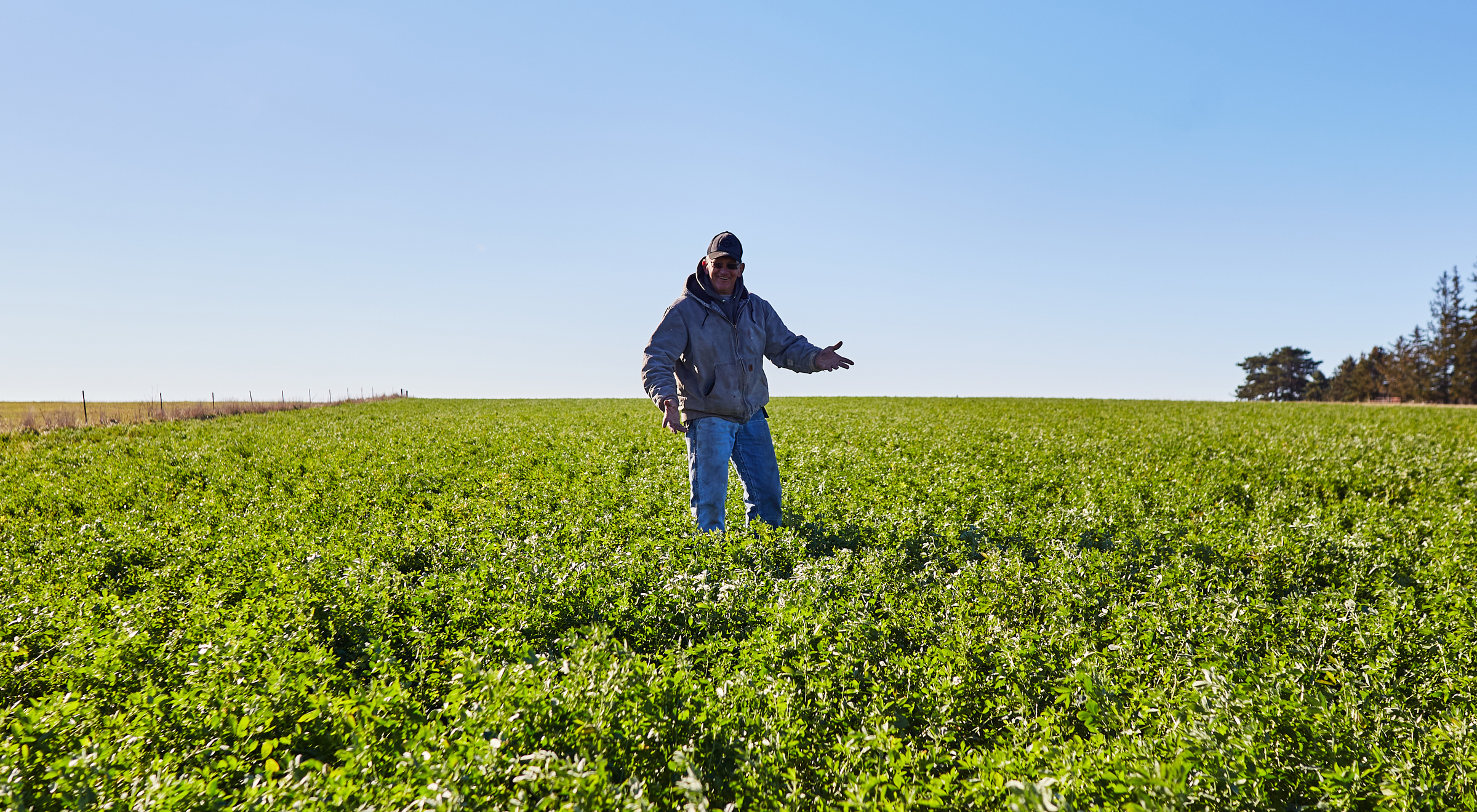
Scale Up Climate Solutions
We already have the tools we need to get started; now we need them to be deployed rapidly and across the state.
Ways You Can Help
Speak Up for Natural Climate Solutions
Help us help state lawmakers understand why bold and swift investments in nature are so important. Join us as an advocacy supporter to start receiving action alerts. Speak up for nature.
Have a Connected Conversation
Even though 8 in 10 Americans believe climate change is happening, up from 7 in 10 just two years ago, two-thirds of Americans rarely, if ever, talk about climate change with the people they care about. Explore the Let’s Talk Climate guide.
Dig Into the Data
Get started by reading our 2021 report detailing the potential of natural climate solutions in Minnesota and offering an in-depth look at our many pathways to climate resilience. When you’re done, read the latest economic impact data showing nature’s potential to bolster our state’s economy and Minnesota as a top place to live.
Download
This new report shows that investing in natural climate solutions at scale would pay for itself eight times over.
DOWNLOADUse Your Outside Voice!
Ready to start speaking up? Join our advocacy list to learn about timely opportunities to speak up for natural climate solutions and nature-based adaptation strategies at the state level.

